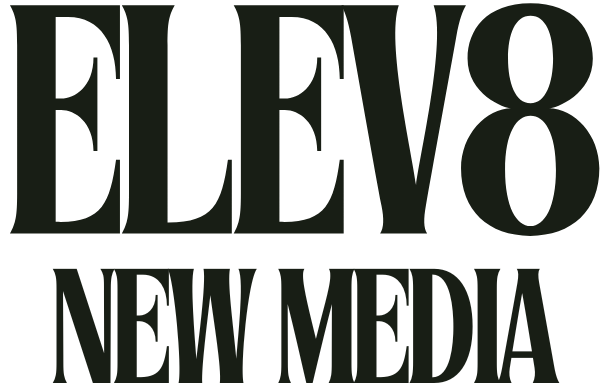The rapid digitalization of media is continuing to revolutionize the public relations (PR) industry. We are currently experiencing an accelerated transformation to a “digital society,” and that is thrusting “new media” into the limelight as more organizations embrace them as core components of their public relations (PR) strategies. In fact, how organizations apply these new media concepts can ultimately be the determining factor in the success or failure of today’s PR campaigns.
We’re not at all suggesting that you replace traditional media strategies with new media, but organizations are quickly discovering that including new media as a component of their modern PR strategy can amplify their message in a way that simply wasn’t attainable prior to the internet.
Defining New Media
What makes new media so distinctive from traditional media is that it’s internet-driven and takes place almost entirely online. Often referred to as digital media, new media consists primarily of electronic forms of media that people can access and interact with. Websites, online apps, YouTube, social media sites like Facebook and LinkedIn, blogs, podcasts and essentially all internet-related forms of communication fall under the umbrella of new media. (Full disclosure: I am a shareholder in the parent companies of both YouTube and Facebook.) The critical point is that new media is accessible to anyone with an internet connection.
What Makes New Media Effective
To understand what makes new media so effective, ask yourself when was the last time you stopped at a newsstand to pick up a newspaper. Now ask yourself when you last looked at your smartphone. Innovations in technology are continuing to usher us into a digital world. PR professionals who want to maximize the effectiveness of their campaign strategies should be willing to embrace new media if they hope to reach the typical internet users who are spending close to seven hours per day online.
While digital-based PR is still in its infancy, there is no debate that the PR landscape is quickly transitioning into an electronic environment. Over 60% of the global population has access to the internet, and that number is continuing to grow—a key factor driving new media adoption in today’s PR industry.
The Benefits Of Interactivity
With the rapid evolution of technology and widespread access to the internet, innovations in new media are expected to proceed at an accelerated pace. A considerable part of this evolutionary process is the rate at which online platforms are being connected, and that means connecting more people. One of the most defining characteristics of new media, and a key distinction from traditional media sources like television ads, is interactivity. In other words, new media gives organizations the ability to establish and benefit from two-way communication with their target audience. Incorporating PR strategies that include media sites like YouTube allows you to reach and communicate with your target audience in entirely new ways.
Examples Of New Media
While very powerful when correctly applied, it’s essential to understand that the adoption of new media doesn’t mean replacing those traditional media channels that are still effective. With the appropriate application, however, you can complement a traditional PR strategy by integrating the following forms of new media.
- Social Media: In America, adults under the age of 30 now trust information from social media nearly as much as the news they receive from traditional sources. Networking sites such as Reddit, YouTube and Twitter are new media resources that can no longer be ignored.
- Blogs: Blogs have now become a vital component of the new media landscape. For organizations with PR objectives that include driving traffic to their website, an online blog can be very effective because of its ability to create a “bond” between readers and the organization hosting the blog.
- Podcasts: Often tailored to meet the needs of our busy society, podcasts can be downloaded and listened to wherever, even in places where there is no internet access. In other words, the strength of the podcast as a PR strategy is that they’re designed to fit in with the way we are living our lives. Essentially, we’re a fast-moving society that wants on-demand options.
Conclusion
As the world slogged through a global pandemic, we relied heavily on technology to help keep us connected. The rate of technical progress over the past two and a half years proceeded at such a frenetic rate that it permanently upended many traditional ways of doing things in many industries, including the PR industry. Understand that PR looks very different than it did twenty years ago and that technology continues to play a pivotal role. By adopting PR strategies that include new media, organizations can capitalize on advancements in technology and reach a broader audience that’s expected to only continue growing.




